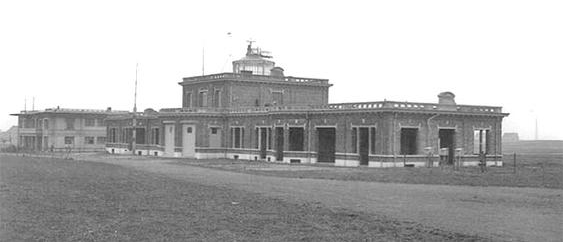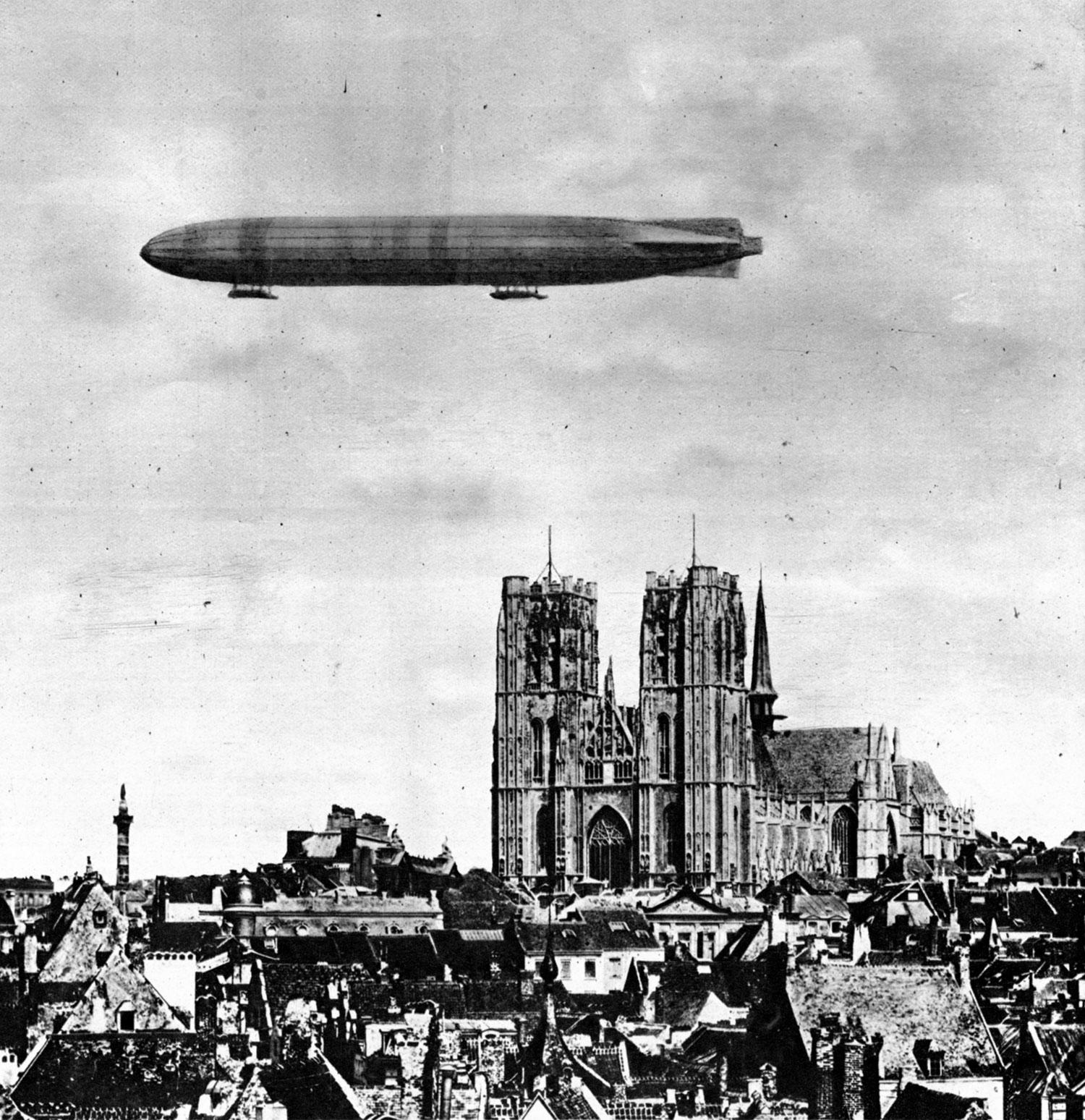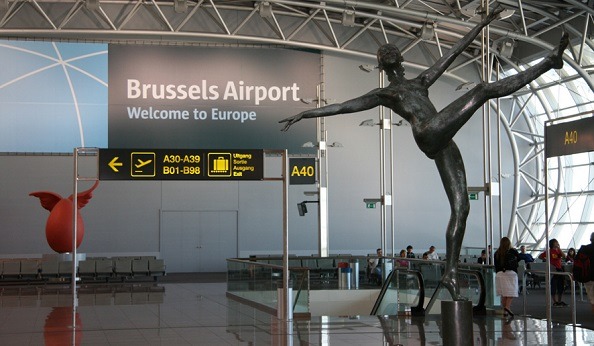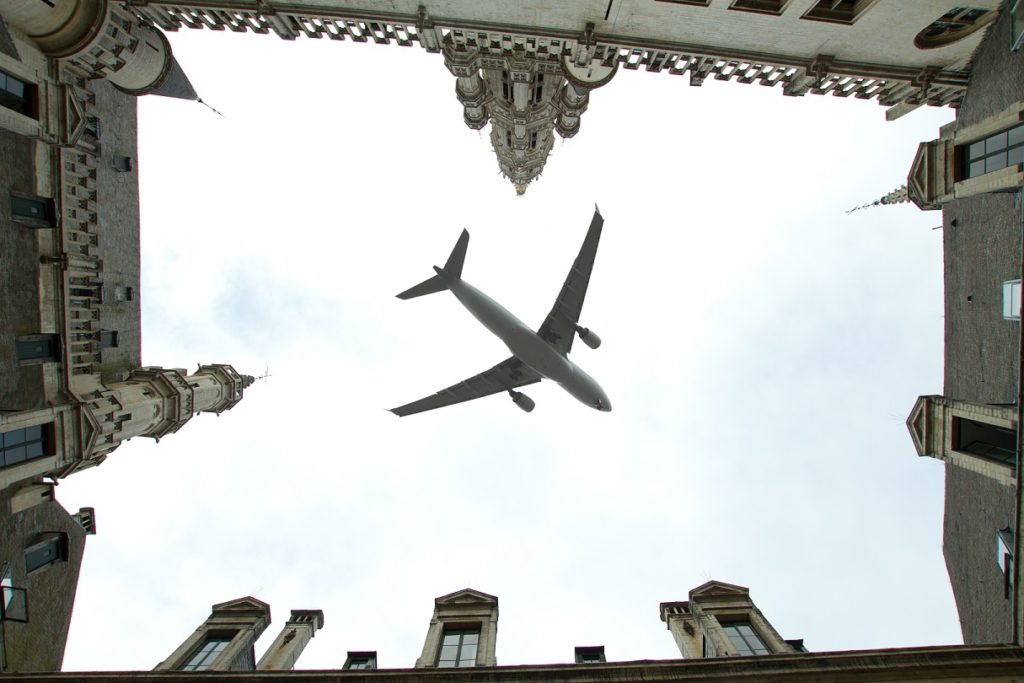An expensive present for the airport and the EU
Both Brussels Airport and Brussels’ underground public transport system have been badly hit by the recent terrorist attacks and by the authorities’ (over)reaction to them. Both stopped their activities completely for a while and resumed them only gradually. One of the consequences is that they had to wait longer than expected before they could both benefit fully from a major breakthrough: a direct train connection between Brussels’ European Quarter and Brussels’ international airport. It now takes only 16 minutes from Rond-Point Schuman to the airport, without all the uncertainties of surface traffic.
This is a big gift to both the airport and the European institutions. And not a cheap one in either time or money. To make the direct connection possible, a new 1.2 km train tunnel had to be dug under a built-up area. The first application for a building permit was filed in 1999. Digging started in 2008. And it is only in April 2016 that the first passengers travelled through the tunnel.
No wonder it took so long. Our neighbourhood committee visited the tunnel while it was being built. We saw the provisional pillars that were supporting several buildings, including the Permanent Representation of the Netherlands, while the concrete ceiling of the tunnel on which they now rest was being prepared. A displacement of less than 1 millimetre could have led to the formation of cracks.
Meanwhile, Schuman station had to be completely restructured, in order to create two new platforms without disrupting the dense train traffic on the Brussels-Namur-Luxembourg line and the dense metro traffic between Brussels’ city centre and its Eastern suburbs. For those who knew the old dark station, the result is stunning.
It now takes only 16 minutes from Rond-Point Schuman to the airport, without all the uncertainties of surface traffic
Getting there was not only expensive in years. Together, the station and the tunnel cost the Belgian state and the Brussels region about half a billion euros. Was it worth it? No doubt. The new tunnel facilitates commuting between Brussels and part of its periphery. It enables a few inter-city lines to avoid the overused North-South junction passing through Brussels Central Station. Above all, it provides a fast direct link between the European quarter and the airport. Such a close city airport is a major asset for the European institutions and their countless visitors. With enhanced security measures in place, even VIPs will no longer have a good excuse for contributing to the polluting and congested surface traffic — and getting stuck in it.
Unfortunate location
So far so good. Bearing in mind recurrent loud protests from local resident committees, however, one may wish to question the wisdom of having located an international airport so close to the city centre and, moreover, on the wrong side of it: in Brussels, the dominant winds come from the West and force most planes to take off over densely populated urban areas. How did such an unfortunate location come about?
In 1919, a depot used by the German army during World War I to shelter its zeppelins was turned into a modest aérogare, where the national airline company Sabena was founded four years later. It was located in Haren, then a separate municipality, absorbed in 1921 by the City of Brussels precisely in order for the latter to gain control over the fledgling airport. During World War II, the German army built a military airport nearby, on the territory of Melsbroek, just outside what has since become the Brussels Region. In 1956, as the old aérogare in Haren had become too small, what is now Brussels National Airport was built on the other side of the Melsbroek runways, on the territory of Zaventem, also located in what is now the Flemish Region.
In 1956, as the old aérogare in Haren had become too small, what is now Brussels National Airport was built on the other side of the Melsbroek runways, on the territory of Zaventem, also located in what is now the Flemish Region.
In 2004, the national airport was privatized, with the Australian holding company Macquarie as main shareholder, joined in 2011 by the Canadian Ontario Teachers Pension Plan. After a big dip following the bankruptcy of Sabena (in 2001) and a smaller one after the onset of the financial crisis (in 2008), the number of passengers reached a record level of over 23 million in 2015. In order to accommodate them and in anticipation of further growth, the airport has been greatly expanded. According to official estimates, the airport provides jobs directly for about 20.000 people, 14.500 among them residents in Flanders, 3.000 in Brussels and 2,500 in Wallonia.
Unsurprisingly, such figures do not suffice to assuage the resentment of local residents suffering from the noise caused by thousands of flights over their heads. In particular, when the so-called “Plan Wathelet” (named after the then federal minister of mobility) concentrated more of the flights over central parts of the Brussels Region in February 2014, a massive mobilization led to the new plan being, at least provisionally, cancelled. With so little of the employment generated by the airport going to Brusselers, the Brussels population was particularly incensed. 
In 1919, a depot used by the German army during World War I to shelter its zeppelins was turned into a modest aérogare, where the national airline company Sabena was founded four years later.
As tends to happen in such situations, each residents committee was primarily concerned to minimize the air traffic noise affecting its own neighbourhood, using, as best fitted its interests, one of the following three principles: be fair and spread the flights as evenly as technically possible; minimize total nuisance and risk, and concentrate the flights over the least populated areas; and change nothing since lower housing prices and rents provide automatic compensation in proportion to how badly an area is affected.
A viable city airport?
Beyond such attempts to shift the problem elsewhere, there is an urgent need to address the general problem. With intense traffic from 6 am to 11pm and frequent night flights over central Brussels, it can legitimately be claimed that jobs and air travel are currently being subsidized by the health of the residents of the Brussels Region and its immediate periphery.
What must be done? Some argue that the airport should be moved to another location. This will never happen. The new tunnel connection to the European Quarter is just the latest of the heavy sunk costs invested in the present location by both the private and public sector. Moreover, no municipality not too distant from Brussels can be expected to be the slightest bit enthusiastic about welcoming a new airport. Brussels Airport, therefore, will remain a city airport. But measures are urgently needed to make it viable, starting with the implementation of the right to eight hours of sleep and the scrapping of all night flights over Brussels. 
In 2015 the number of passengers travelling via Brussels Airport reached a record level of over 23 million
There are examples not far away. London City Airport, for example, happens to have been recently acquired by the same Canadian pension fund as Brussels airport, and it is also located 11km to the East of the city centre. But there are big differences. One is that it serves about 4 million passengers per year compared to Brussels Airport’s 23 million. Another is that it respects the eight-hour night (10.30 pm to 6.30 am), while interrupting all flights between 1pm on Saturdays and 12.30 pm on Sundays. Why does Brussels Airport not follow suit? If this means scrapping freight and charter flights, so be it. The airports of Bierset (near Liège) and Gosselies (near Charleroi) will be eager to take over. And if the airports of Ostend and Antwerp want their share, they are welcome too.
This should reduce the overall volume of air traffic noise, especially at the worst times. What about the geographical distribution of the remaining volume? Fairness and efficiency can in principle be reconciled if flights are concentrated over the least densely populated areas, and appropriate compensation paid to their inhabitants. When Bierset airport was expanded, 300 million euros were used to compensate those subjected to the increased noise pollution. Who should cover the cost of this compensation? Obviously those who cause what the victims need to be compensated for, ultimately the passengers and the consumers of goods transported by air.
Is this not precisely what airport taxes are supposed to do? By no means. “Airport taxes” is a misnomer. These “taxes” are fees paid by airlines to the airport for the services the latter provides. Contrary to what elementary economic wisdom would recommend, nothing is done to internalize the negative externalities of air traffic, i.e. to make the airport, the airlines and ultimately their customers pay the full true cost of using the airport, including the cost inflicted on local residents through the noise and risks they cause.
Not too late
Is the shrinking of operating hours and the introduction of genuine airport taxes consistent with the obligations with which Belgian authorities have to comply? There had been a persistent rumour that nothing could be done in this respect due to explicit commitments made by the Belgian government regarding number and times of flights when the airport was sold to Macquarie in 2004, and to the threat of a fine of hundreds of millions of euros should these commitments not be honoured.
According to sources close to the sale, and judging by the documents transmitted in 2015 by the federal Minister for mobility to the “Commission d'accès aux documents administratifs”, this is not the case. If anyone were ever to invoke such a commitment, the proof would need to be made public.
According to another persistent rumour, measures such as those advocated above will be impossible after June 2016. Why might this be the case? On 13 June 2016, a new European Union regulation (598/2014) enters into force. It concerns “the establishment of rules and procedures with regard to the introduction of noise-related operating restrictions at Union airports”.
The regulation includes a welcome obligation of transparency and consultation of all stakeholders, including “local residents living in the vicinity of the airport and affected by air traffic noise or their representatives”. But it also requires any new noise-related operating restriction imposed on an airport by the appropriate competent authority to be the outcome of a process that must satisfy certain explicit conditions and to be notified six months in advance to the European Commission, the Member States and the relevant interested parties. The restriction must be shown to be “cost-effective”, given “the noise abatement objective established for the airport”.
Clearly, this will not facilitate or accelerate the imposition of new restrictions of the sort advocated, but it does not make them impossible either. Restrictions that are justifiable in London must be justifiable in Brussels too. Having a city airport, easily reachable in 15 minutes from the heart of the European Quarter, can be a blessing for the capital of the European Union, but only if the competent authorities have the intelligence and the courage to calibrate the activities of the airport in a way that does not spoil the pleasure of living in the city.
The terrorist attack in Zaventem made Brusselers more aware than ever of the importance of a well-functioning airport for the life and prosperity of their city. It also inflicted a blow on Brussels Airport and on Brussels Airlines from which these should be given time to recover. But none of this justifies allowing the airport to develop as much as is commanded by the maximization of the profits of its owners. It is not too early, indeed it is urgent to start designing, with all stakeholders, a fair framework that will make it possible for most residents of the capital of Europe to cherish its airport rather than resent it — and thereby secure its long-term viability.
By Philippe Van Parijs
Brussels City Airport: from curse to blessing?
This is an opinion article by an external contributor. The views belong to the writer.


